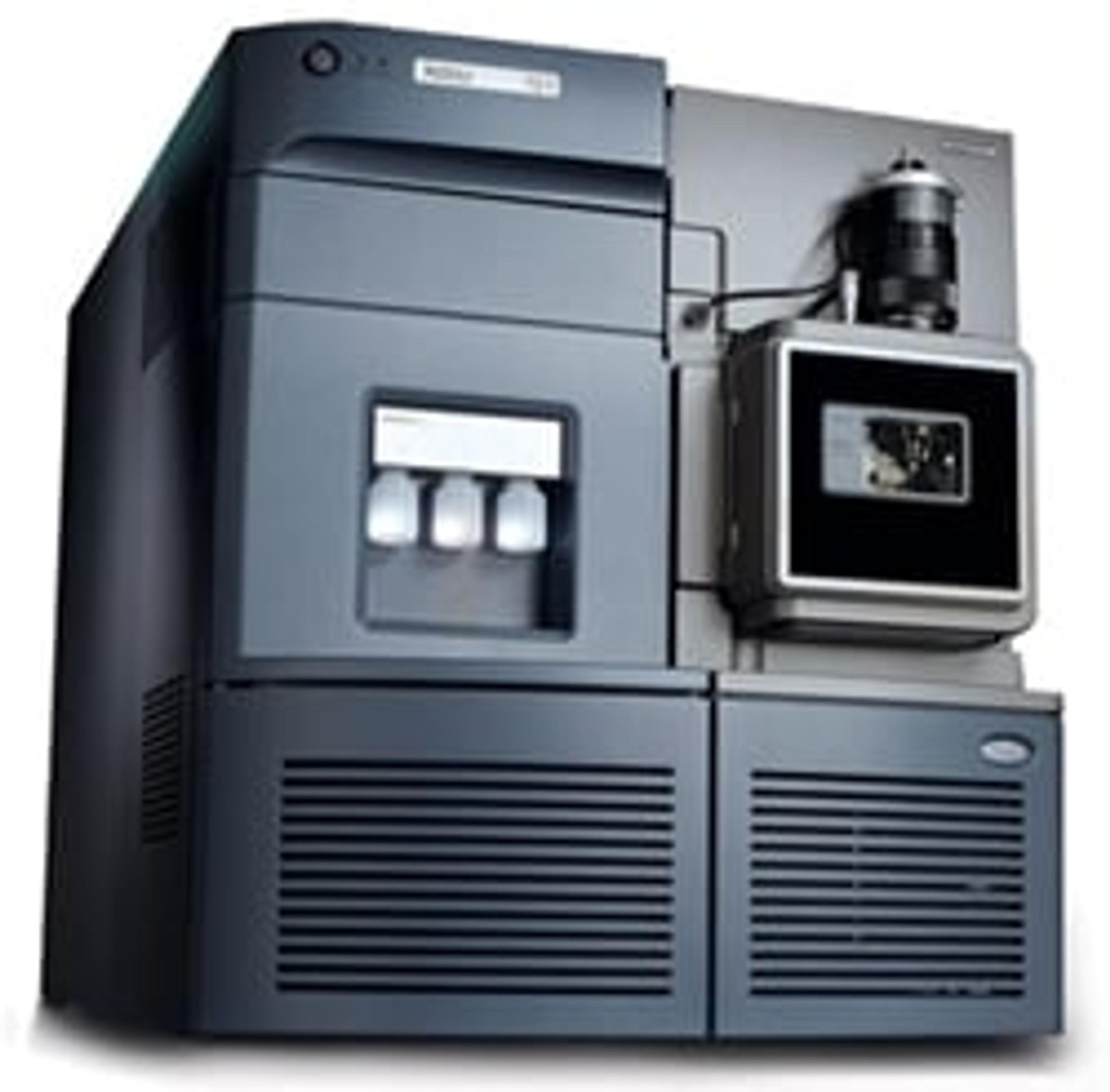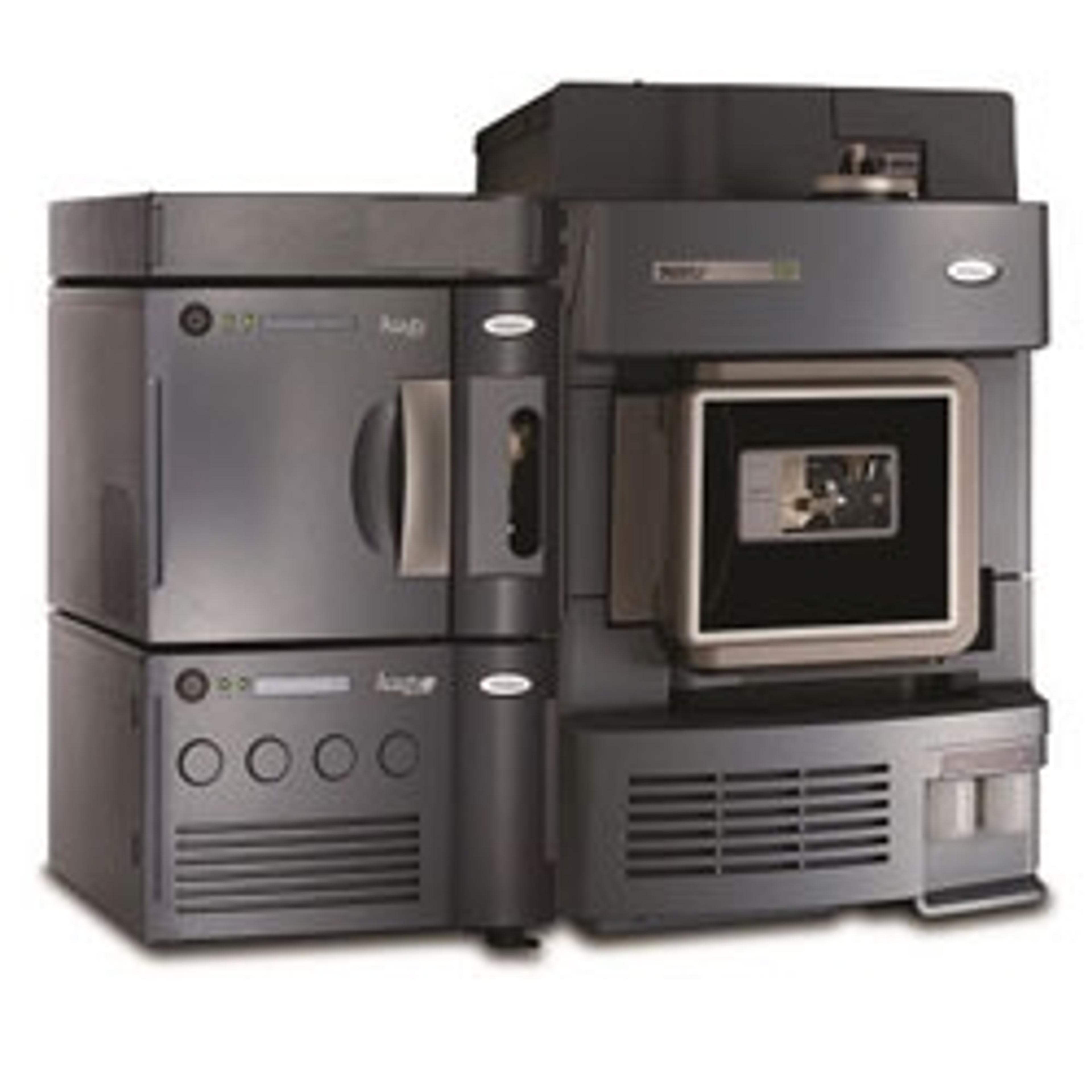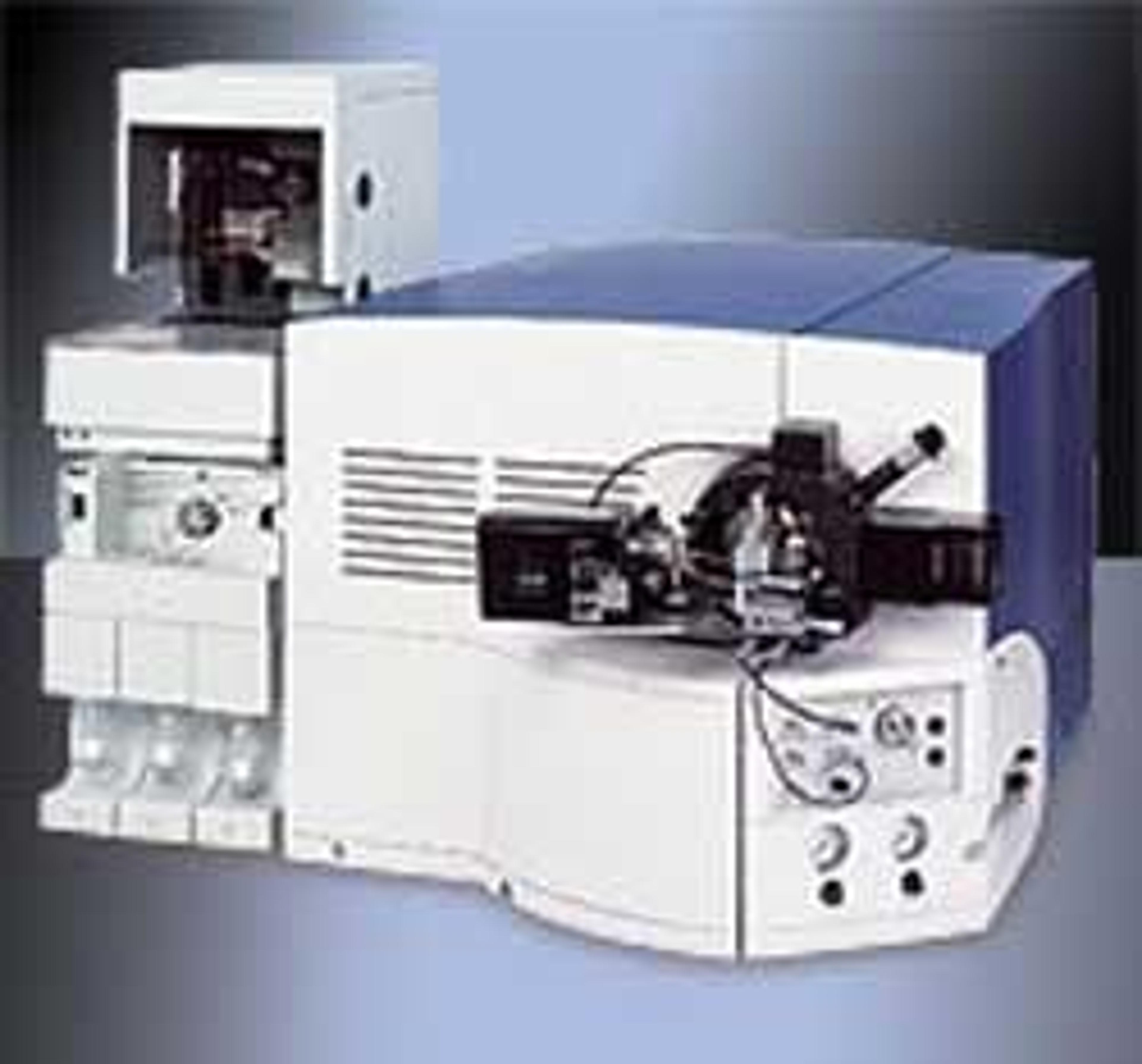‘How Mass Spectrometry Transformed Our Clinical Pathology Lab into a Global Leader’
A mass spec scientist, from a world-renowned clinical pathology laboratory, shares the secrets to their success in this exclusive SelectScience interview
11 May 2019

SelectScience speaks with supervising scientist Brett McWhinney to understand how Pathology Queensland, Australia, has established one of the most successful clinical pathology centers on the continent, conducting both routine and esoteric testing, as well as collaborative research studies. As a highly reputable expert in LC-MS, delivering educational talks worldwide, McWhinney offers top tips and key considerations for those interested in expanding their clinical testing repertoire.
Arguably the greatest successes over the past two decades in clinical diagnostics have been achieved through mass spectrometry, and its coupling to liquid chromatography. For some of the largest and most established clinical laboratories, such as Pathology Queensland, this technology has been embedded in routine testing for many years, and even surpassed by more advanced tandem mass spectrometry platforms — some with flow injection analysis capabilities.
Reaping the rewards
As the public pathology provider in the state of Queensland, the scale of routine testing is substantial: the department analyzes in excess of 250,000 patient samples a year, a service quite simply not possible without the automated LC-MS workflows in operation.
High throughput and therefore quick turnaround time is a necessity in a clinical environment, but as McWhinney explains, there’s a wealth of benefits that this technology provides: “For a start, it’s allowed us to bring assays together and do panels of analytes in one run; up to 40 amino acids together, for example. We also now perform much less demanding sample prep — our requirements have dropped dramatically. Simple protein precipitations in 96-well plates now only require 0.1 or 0.2 microliters of supernatant to be injected on-column. For more complex assays, we can get away with 10 to 15 microliters of whole blood from the patient.”
Highlighting the resulting benefits, McWhinney continues: “First, this means the patient benefits from less fluid being drawn, less frequently. Second, we can avoid having to incorporate dilution factors into our assays, and that’s one source of great error which can result in a grossly elevated result – misguiding diagnoses, and subsequent treatment decisions.”
Patients benefit from less fluid being drawn, less frequently.
Expertise across the board
Expanding on the scope of the routine work performed at the facility, McWhinney tells us: “Therapeutic drug monitoring is one of our core services — we serve a large population of patients on immunosuppressants. We also have a significant focus on metabolic screening, amino acid analysis, newborn screening and total and unbound steroid measurements. Furthermore, there is a large section of the facility focused on toxicology for drugs of abuse, and finally, assessing patient nutritional status.”
But that’s just their routine work: “We have a very strong collaborative research element at our core. With different hospitals and universities – both intra and interstate, and internationally.”
Always keen to address a genuine clinical utility or unmet need, the hospital is recognized worldwide for its expertise in assay development and validation. “Sometimes we’re surprised at how scientists and clinicians have heard of us from across the world, but we’re always very keen to be involved, since the ultimate goal is to improve patient care,” says McWhinney.
Developing New Assays: 6 Top Considerations
When developing and validating new assays, there are a number of key considerations that the team of scientists at Pathology Queensland make sure to factor in:
Scalability and harmonization
“From five to 500 samples, the assay must be able to cope. Since a lot of our work is entirely novel, we would also be looking to roll the workflow out in hospitals across Australia, so we must be able to harmonize the process between different sites.”
Automation
Serving such a large population, McWhinney explains how they must maximize the utility of their platforms for the assay to be viable: “We use front-end automation with 96-well plates for our routine diagnostic work – starting and finishing our preparations in the same well.”
Assay standardization
“We also have column managers to enable switching, on the same machine, from one assay to another; that’s one of the advantages of having a standardized approach. By that, I mean assays that can be done using the same mobile phase and the same columns.”
Data management
High sample throughput means high volumes of data to be processed and managed. The center uses the MassLynx IVD Software by Waters to import all its clinical worklists; followed by an alternative middleware system for number crunching and importing back into the LIMS system.
“For us, there’s no manual transcription of results at all. Two members of staff always go through and check the whole run for errors, however, so that takes a bit of time understandably. We check whether we’ve picked the right peak, if there’s an issue with internal standards, or if the ion ratio is different.”
Working with suppliers
The bulk of successful science is achieved through a collaborative network of expertise, and McWhinney expresses how important it is to work closely with manufacturers to meet your end goals: “We’ve had a strong relationship with Waters Corporation for 25 years, and they always have good ideas to meet our needs. From formulation to implementation, their experience and knowledge has helped us to reduce assay development timescales massively”.
The laboratory hosts an impressive array of research and diagnostic instruments from Waters, including the ACQUITY UPLC/Xevo TQD IVD System, ACQUITY UPLC I-Class Xevo TQ-S IVD System and for RUO ACQUITY UPLC I-Class/ Xevo Q-Tof System and ACQUITY UPC2 System.
Staff training
“If you want to be successful in mass spectrometry, the key is having enthusiastic staff, and knowledgeable mentors. The best way to learn mass spectrometry is by being hands-on, learning what to do when something deviates from the SOP, or when errors occur,” McWhinney explains.

Overcoming challenges and educating others
Mass spectrometry has been heralded as one of the most paradigm-changing technologies of the 21st century, so why isn’t everyone using it?
McWhinney makes clear that its complexity can bring mass spec-specific issues: “LC-MS can solve a lot of problems, but also introduce its own. You need to understand the intricacies of the workflow and how to validate or troubleshoot it. That’s why we’re keen to mentor others and impart our knowledge to junior staff members, or those in less advanced medical laboratories.” McWhinney is set to travel to India in 2019 to educate clinical labs on the advantages of mass spectrometry in the clinical lab.
What's next?
As world-leading innovators and forerunners in LC-MS-based diagnostics, the future is bright at Pathology Queensland, as McWhinney proudly declares: “We’re going to be the first in Australia to perform an extensive TB drug panel testing, and we’re also looking to introduce some exciting new assays for therapeutic drug monitoring – there’s a big trend in repurposing old pain management compounds to combat problems associated with opioid abuse. We also have a large research focus on the gut microbiome. But the possibilities are endless!”
Find out more about Waters' family of LC-MS/MS in vitro diagnostic medical devices at AACC 2019




